GEF-UNDP-PEMSEA Arafura-Timor Seas Programme
A survey of south-coast communities and coastal ecosystems in Timor-Leste has found onshore and offshore marine pollution presents a significant threat to economic and environmental sustainability.
Global marine pollution, combined with climate change, threatens the collapse of all marine ecosystems within our lifetimes. An estimated 80 percent of all pollution in the sea comes from land, including agricultural run-off, chemical waste, and 8 million tonnes of plastic waste each year. The cost is estimated at US$8 billion in damage to marine ecosystems annually.
Though home to only a small population and with little industrial development, Timor-Leste produced nearly 70 tonnes of plastic waste per day in 2018, according to the Asian Development Bank. The majority of this rubbish was either openly burned or flushed into the sea.
To begin addressing the threat of marine pollution to livelihoods and ecosystems, the Ministry of Agriculture and Fisheries and the United Nations Development Programme have committed their support to an extensive survey of coastal and marine pollution on the southern coastlines of Viqueque, Manatuto, Manufahi and Covalima. The first of its kind, this comprehensive study provides valuable baselines in developing a plan for pollution control and management in the area.
The survey used a combination of field analysis, household interviews and key informant discussions, along with satellite imagery to measure biological and artificial pollution levels in key areas. This included studies of sedimentation, fishing industry debris, oil spills and plastics along Timor-Leste’s 304-kilometre southern coastline. The survey was conducted as part of the Arafura and Timor Seas phase II (ATSEA-2) programme. ATSEA-2 is a multinational project working to improve the protection of the Arafura and Timor Seas (ATS) region – one of the last remaining centres of tropical marine biodiversity in the world.

Read more here


